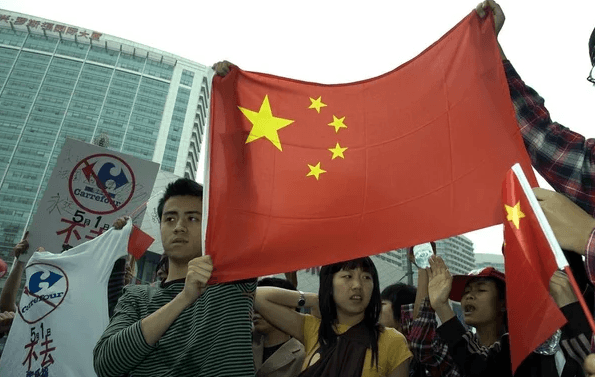Athira Sethu
Kochi, 2 May 2025
Over the last few months, worker protests over unpaid wages have grown in China. The protests are taking place in various cities such as Dao County, Suining, and Tongliao, where the majority of the workers are dissatisfied with delayed payments and discriminatory layoffs. The cause for the unrest is partly because of factory closures brought about by high tariffs on Chinese products by the United States. These tariffs have harmed China’s economy, resulting in the loss of jobs and an increase in worker discontent.
The US tariffs, begun under then-President Donald Trump, increased the price of Chinese goods by as much as 145%. This has made it more difficult for Chinese factories to export their products, particularly in sectors such as electronics, toys, and clothing. Consequently, numerous factories have shut down, and laborers have been left without their jobs or even their salaries. According to estimates from experts at Goldman Sachs, an American investment bank, approximately 16 million jobs in China are likely to be lost due to these tariffs.
One instance of this problem is a Sichuan company that produces flexible circuit boards. Employees from this company have not been paid since the start of the year, and their social security has not been paid for nearly two years. This has resulted in workers protesting in an attempt to get their money back.
Elsewhere in China, workers are also complaining. In Shaanxi province, migrant workers protested after failing to receive their wages since February 2025. Likewise, factory workers at a Dao County factory that makes sports protective gear went on strike after their factory closed down without paying them their wages or social security benefits. These workers also complained that more than 100 women over the age of 50 were unfairly dismissed without payment or help with retirement benefits.
A Freedom House report, which monitors protests by a nonprofit organization, determined that employees comprised 41% of the total protests in China in 2024. The majority of the protests were over economic issues, including unpaid salaries, stalled housing developments, and rural land disputes. Experts say these are issues that will only worsen as the Chinese economy continues to grapple with the burden of the tariffs.





















